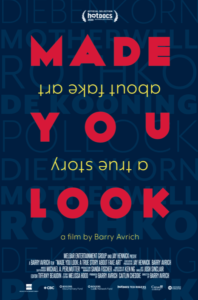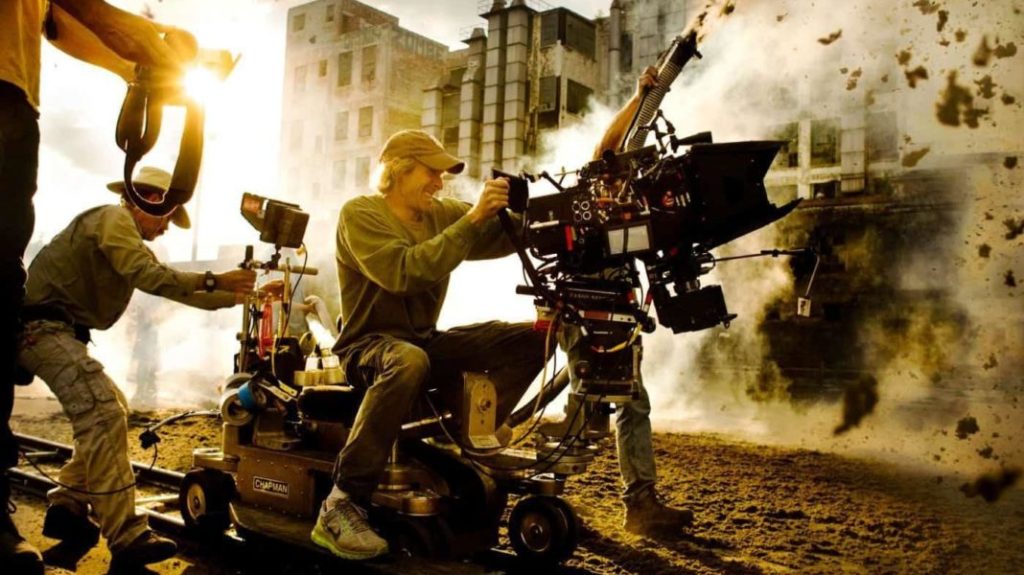 High level folks skate, low level soldiers get it in the neck. Okay, not a glitteringly original observation — what American paying attention doesn’t know that? A fascinating documentary now on Netflix, Made You Look, clearly underscores this point. Instead of greedy Wall Street criminals, corrupt defense contractors or real estate sharks, however, this doc dishes on the art world in NYC in the late 90s early 00s. A more genteel venue than those more hard-elbowed grifters’ haunts, yet apparently still well-equipped with conmen, fraudsters and shady operators willing to ride the train for as long as possible.
High level folks skate, low level soldiers get it in the neck. Okay, not a glitteringly original observation — what American paying attention doesn’t know that? A fascinating documentary now on Netflix, Made You Look, clearly underscores this point. Instead of greedy Wall Street criminals, corrupt defense contractors or real estate sharks, however, this doc dishes on the art world in NYC in the late 90s early 00s. A more genteel venue than those more hard-elbowed grifters’ haunts, yet apparently still well-equipped with conmen, fraudsters and shady operators willing to ride the train for as long as possible.
It’s an engaging, well told story by director Barry Avrich, the prolific producer/director who also made the profound Prosecuting Evil (2018), a look at Ben Ferencz, the last surviving Nuremberg Trial prosecutor. Made You Look has a famous art gallery, a well-connected art dealer, a genius painter churning out the fakes and then there’s the low-level type who’s working the scam. So what happens? [SPOILERS BELOW]
When the fraud is uncovered the gallery owner claims to know nothing and closes the gallery, the art dealer professes innocence and the genius painter escapes to China. And the low level operator gets arrested and goes to jail.
Everybody skates but her. So the lesson is clear: Don’t be the low level operative. Everyone above you? They’re all gonna get away with it. But you, you’re called the bag man for a reason. Cause you’re the one left holding it.

